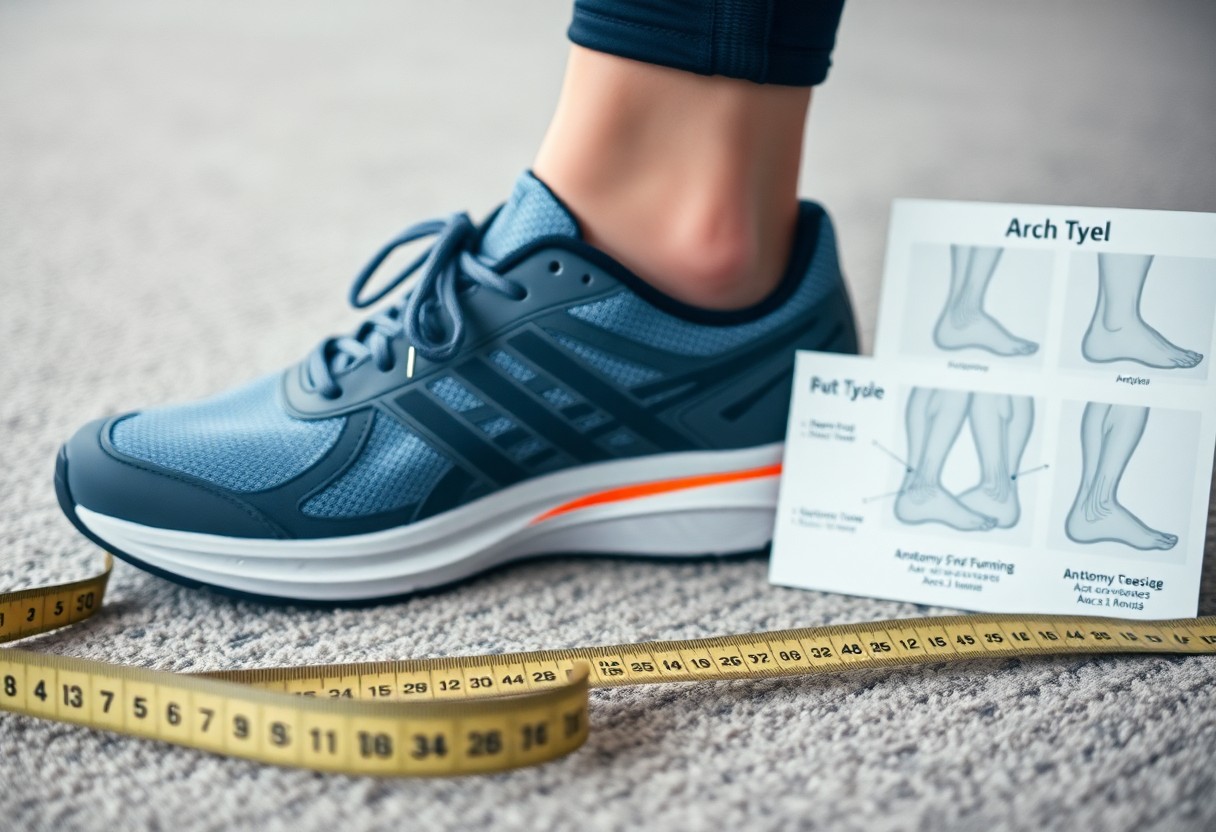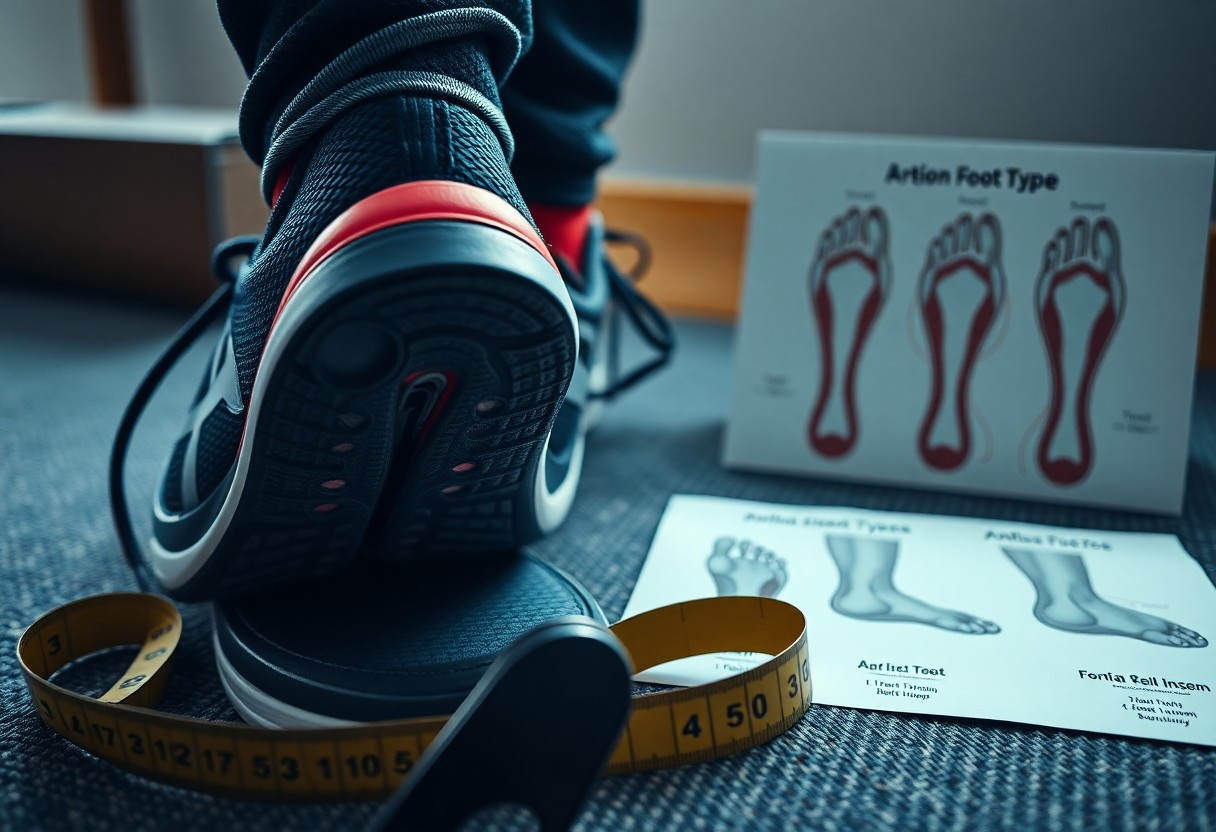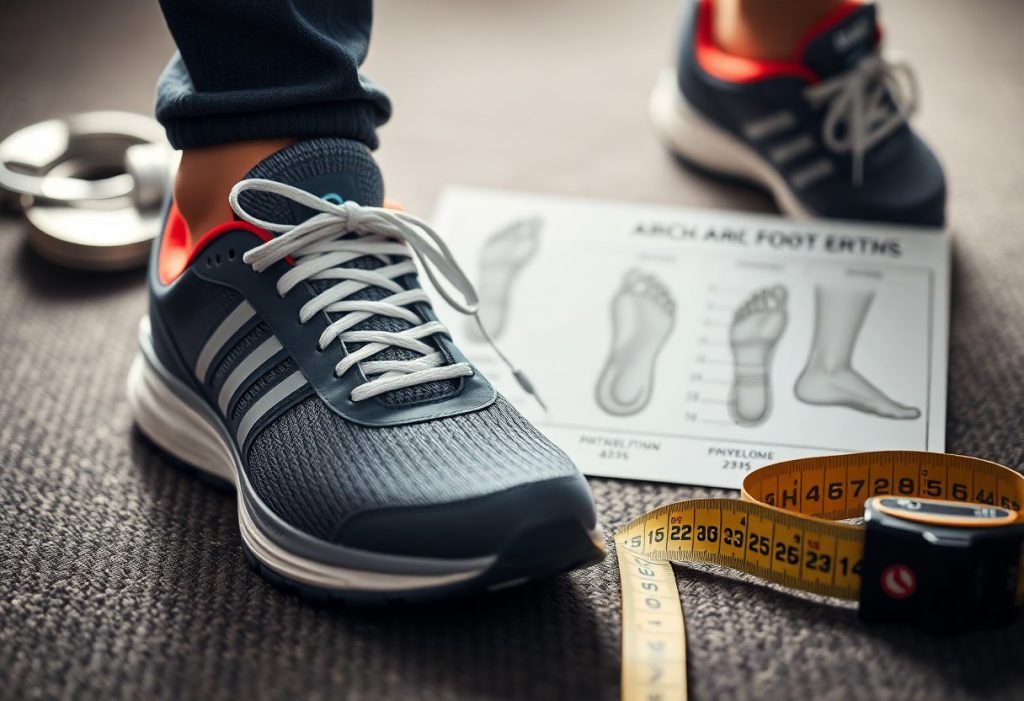Supporting your feet correctly goes beyond merely adding arch support to your shoes. It might surprise many to learn that the majority of people do not actually need arch support in their footwear. Research has shown that abandoning artificial arch support can improve the strength of your foot muscles. Over time, depending too heavily on man-made supports can lead to muscle weakness. The human foot is naturally designed with arches that flex and adapt to a variety of surfaces, and restricting this natural movement with rigid supports may negatively impact your foot health in the long run. This detailed article aims to shed light on the science behind arch support, empowering you to make educated choices regarding your foot health.

Understanding the Historical Context of Arch Support in Footwear
The natural support system inherent in your feet has played a vital role in the development of footwear design for centuries. The idea of incorporating arch support gained prominence in the 1920s when Dr. William Scholl introduced commercial orthotics. Before this innovation, people relied on the natural strength and flexibility of their feet. This historical perspective offers valuable insights into how our understanding of foot health has evolved and how it continues to shape modern footwear practices.
Tracing the Evolution of Footwear and Natural Foot Development
The history of footwear reveals that ancient cultures primarily relied on simple, flat sandals or often went barefoot. Such practices facilitated natural foot development and resilience. Our ancestors possessed robust and flexible feet, independent of artificial aids, as evidenced by research on indigenous populations who maintain traditional footwear practices. This historical context emphasizes the crucial role that natural foot mechanics play in preserving foot health and strength.
Examining Modern Footwear Standards and Their Impact
By the mid-20th century, particularly in the 1950s, shoe manufacturers began to standardize built-in arch support as a common feature in footwear. Today, a majority of contemporary shoes incorporate structured arch support, a design element that has become the norm despite the scant scientific evidence supporting its necessity for everyone. This trend reflects evolving consumer expectations and industry standards, raising important questions about the potential effects of such designs on overall foot health.
Currently, arch support is so prevalent that 70% of modern shoes come with this feature. However, research published in the Journal of Foot and Ankle Research indicates that excessive reliance on arch support may lead to muscle weakness in your feet. Consequently, many podiatrists now recommend incorporating regular barefoot walking and using minimally supportive shoes as a means to maintain natural foot strength.

Diving Deep into the Complex Structure of Foot Architecture
Your feet are composed of 26 bones, 33 joints, and over 100 muscles, and they function most effectively when granted the freedom to move. The foot’s arch is a self-supporting structure that strengthens through regular use and becomes weakened when subjected to artificial support. Studies indicate that 75% of wearers of conventional shoes with arch support experience a decline in foot muscle activity, which can lead to a decrease in natural foot strength over time.
Revealing the Marvels of Natural Foot Mechanics
The natural design of your foot is a remarkable feat of engineering, featuring a complex system of self-support. Walking barefoot or in minimalist shoes allows your feet to move through their full range of motion, enabling your arches to flex and strengthen organically. Research suggests that people who frequently walk barefoot or choose minimalist shoes develop stronger foot muscles and more stable arches compared to those who rely on traditional supportive footwear. This underscores the paramount importance of natural movement in promoting foot health.
Boosting Muscle Function and Development for Optimal Foot Health
Disrupting your foot’s natural movement can impede its development. Your foot muscles thrive on regular engagement through natural activities to maintain their strength. Research published in Nature suggests that wearing shoes without arch support can enhance the development of stronger intrinsic foot muscles. This connection underscores the critical role of natural movement in achieving optimal foot health.
Additionally, it’s vital to understand the ramifications of wearing shoes with built-in arch support. Prolonged use of such footwear may lead to less engagement of foot muscles, resulting in potential weakness over time. Studies show that transitioning to minimal footwear can lead to a significant increase in foot muscle strength by up to 60% within eight weeks. However, this transition should be approached with caution, particularly for individuals with existing foot conditions, to minimize the risk of injury.
Diving into Research and Evidence on Foot Health and Arch Support
If you’re keen to understand the science behind arch support, a wealth of studies indicates that your feet can grow stronger without artificial support. Various investigations show that natural foot movement enhances muscle development and stabilizes arches, highlighting the essential role of biomechanics in maintaining foot health.
Highlighting Significant Scientific Studies on the Necessity of Arch Support
Among the most groundbreaking findings, a study published in Nature reveals that individuals who wear minimalist shoes develop foot muscles that are 50% stronger than their counterparts who wear traditional supportive shoes. This compelling evidence supports the idea that regular movement and physical activity allow your feet to maintain their arches naturally.
Conducting a Comparative Analysis of Footwear Choices Across Different Populations
Contrasting Users of Traditional and Minimal Footwear
| Traditional Shoe Users | Minimal Shoe Users |
| Exhibit higher rates of flat feet | Demonstrate superior arch strength |
| Show weaker foot muscles | Exhibit stronger foot muscles |
A comprehensive analysis of diverse populations reveals significant differences in foot health. The structure of your feet can adapt dramatically based on the types of footwear you choose to wear.
Insights from Global Population Studies
| Developed Countries | Barefoot Communities |
| 20% flat foot occurrence | 3% flat foot occurrence |
| Higher reliance on arch support | Natural arch strength |

Investigating the Support Paradox in Modern Footwear
Challenging commonly held beliefs, overdependence on arch support in shoes can undermine your feet’s natural strength. The human foot is intricately designed with a sophisticated system of muscles, tendons, and ligaments that work together to provide natural support. When artificial arch support is relied upon, your foot muscles may become less active, leading to gradual weakening.
Understanding the Cycle of Dependency on Arch Support
The continuous use of arch support creates a harmful cycle. Feet may develop a reliance on external support, leading to muscle atrophy. Research indicates that 70% of individuals who regularly utilize arch support report heightened discomfort when walking without their supportive shoes, highlighting the emergence of this dependency.
Examining the Relationship Between Muscle Weakness and Arch Support
Wearing shoes equipped with built-in arch support can weaken your intrinsic foot muscles by nearly 50%, according to findings published in Nature. This weakening compromises your feet’s natural arch support system and may lead to conditions such as flat feet and other foot-related issues. It’s crucial to recognize that this muscle weakness can extend beyond your feet, as weakened foot muscles can negatively influence your overall posture and balance. Research suggests that individuals transitioning to minimal footwear often experience a 60% increase in foot muscle strength within six months.
Exploring Natural Alternatives for Optimal Foot Health
For those seeking to move away from conventional arch support, there are several natural alternatives available that can bolster foot strength. These methods emphasize allowing your feet to function as intended, promoting the development of stronger foot muscles and more stable arches through natural movement.
Adopting Minimalist Footwear to Encourage Natural Movement
Minimalist shoes, featuring zero drop soles, wide toe boxes, and flexible materials, encourage natural foot movement. These designs allow your feet to move without restriction, aiding in the maintenance of proper foot mechanics and fostering natural arch strength. Research indicates that regular use of minimal footwear can enhance foot muscle strength by up to 60% through daily activities.
Implementing Safe Strategies for Transitioning to Minimal Footwear
When contemplating a shift to minimalist footwear, it’s essential to adopt a careful and gradual approach for your comfort and safety. Start by wearing minimal shoes for short periods, gradually increasing the duration over several weeks. This method helps prevent overuse injuries as your feet adjust to their newfound freedom, ensuring a smoother transition.
Additionally, a successful transition should ideally incorporate specific foot-strengthening exercises. Begin with 10-15 minutes per day in minimal shoes, progressively adding another 5-10 minutes each week. Include exercises such as toe spreads and short barefoot walks on safe surfaces. This incremental approach allows you to minimize the risk of common transition injuries while effectively building your natural arch strength.
Recognizing Medical Considerations for Optimal Foot Health
It’s essential to acknowledge that foot health requires personalized attention. While natural foot movement is advantageous for muscle strength, certain medical conditions may necessitate specific support. Factors such as your foot structure, activity level, and any pre-existing conditions will significantly influence your ideal footwear requirements.
Determining When Arch Support May Be Beneficial
Contrary to popular belief, arch support is not universally necessary. However, individuals with acute injuries, severe flat feet, or specific medical conditions may find temporary or permanent arch support beneficial. Research indicates that only 10-20% of the population truly requires specialized arch support for medical reasons, highlighting the importance of tailored assessments.
Guidelines for Professional Assessments of Foot Health
To ensure informed decisions about your footwear, consulting a foot health professional is highly advisable. Comprehensive assessments should encompass gait analysis, evaluation of foot structure, and a thorough review of medical history. These elements are crucial for determining whether you need arch support or if transitioning to minimal footwear is a suitable option.
Support from a qualified professional can provide clarity and guidance on your foot health journey. A thorough assessment should include measuring arch flexibility, assessing muscle strength, and analyzing walking patterns. Additionally, your healthcare provider should consider your daily activities and any past foot injuries to formulate an effective treatment plan tailored to your unique needs.
Reflecting on the Impact of Footwear Choices on Overall Foot Health
Your choice of footwear plays a significant role in your foot health. It is now clear that arch support is not essential for most individuals and may, in fact, weaken foot muscles over time. Your feet possess inherent strength and flexibility, functioning optimally when allowed to operate as nature intended. If you’re contemplating a transition to minimal footwear, initiating this process gradually will facilitate your feet’s adaptation. The evidence strongly indicates that allowing your feet to function without artificial support can lead to stronger muscles and improved foot health for the majority. Always consider your individual needs and consult a foot health professional for specific concerns.
Frequently Asked Questions About the Necessity of Arch Support
Do healthy feet genuinely require arch support in shoes?
Most healthy feet do not require arch support in shoes. Studies indicate that natural foot strength develops more effectively without artificial support. The muscles and arches of the foot function best when allowed to operate naturally. This aligns with research on populations that frequently go barefoot or prefer minimal shoes, which demonstrate stronger foot muscles and fewer arch-related issues.
Can the prolonged use of arch support weaken feet over time?
Indeed, prolonged reliance on arch support can lead to weakened foot muscles. When artificial support assumes the role of foot muscles, these muscles become less engaged and gradually lose strength. This creates a cycle of dependency. Research published in Nature indicates that individuals who consistently wear conventional shoes with arch support often experience weaker foot muscles compared to those who opt for minimal footwear.
Who may genuinely benefit from arch support in their footwear?
Certain individuals with specific foot conditions, injuries, or medical issues may genuinely benefit from arch support. This includes those diagnosed with flat feet, certain foot injuries, or structural abnormalities. However, these situations should be evaluated by a foot health professional who can develop an appropriate treatment plan. The goal should be to restore natural foot function whenever feasible, rather than relying on permanent support.
The Article Arch Support: Essential Facts About Shoe Necessities Was Found On https://limitsofstrategy.com


